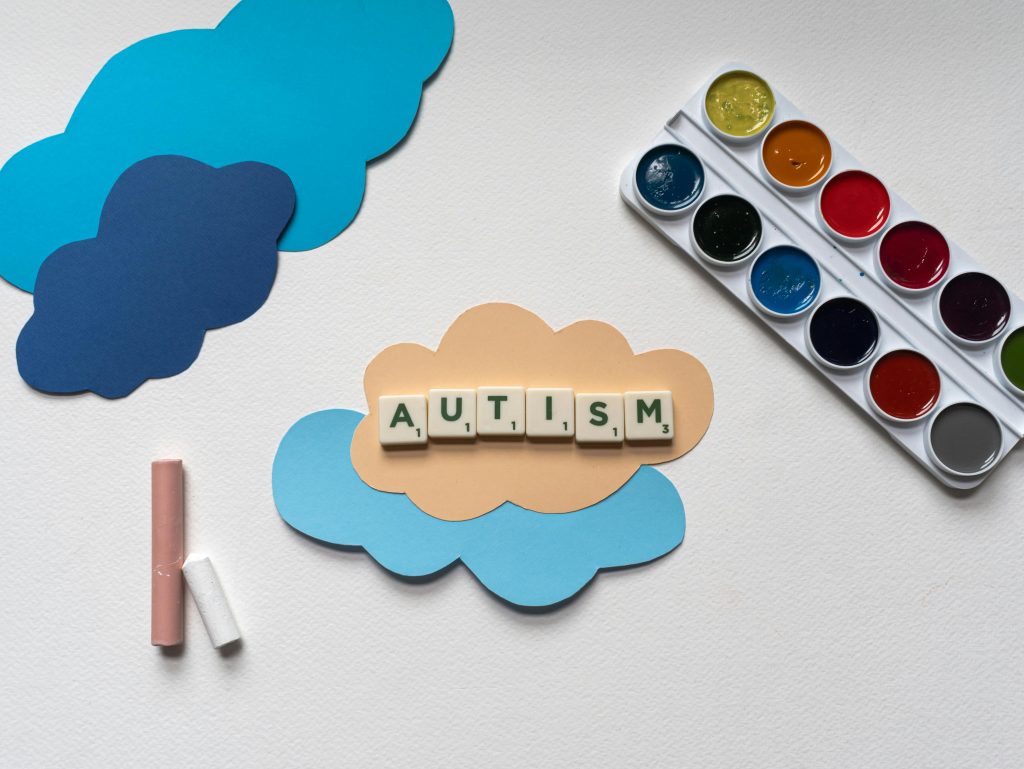Support for children with autism at home begins with structure, consistency, and thoughtful routines that turn everyday moments into meaningful learning opportunities.
With the right ABA strategies and tools, families can make their home a natural extension of therapy. This is the power of ABA at home—where progress starts with family support.
The Role of Parents in ABA Therapy and Autism Support at Home
Parents are more than caregivers – they are behavior coaches, emotional anchors, and advocates. Through ABA parent training, families learn how to reinforce therapy goals, respond to behaviors, and foster skill development during real-life situations.
This hands-on approach, known as parent ABA training, doesn’t require a clinical setting. It focuses on empowering caregivers to make impactful changes through everyday routines like meals, chores, or playtime.
These skills are taught through structured programs, such as a formal ABA parent training curriculum, or via flexible ABA training for parents online.

Creating a Learning Environment at Home
Here are a few practical ways families can create a home that supports learning and regulation:
- Use visual aids like schedules, token boards, and picture cards to create predictability
- Develop simple routines that are easy to follow and reinforce daily
- Practice ABA strategies like reinforcement and prompting during mealtime, play, or transitions
- Introduce home ABA tools such as flashcards or self-help task visuals to promote independence
- Track behavior or skill data informally to monitor progress and adjust support
These are just some of the accessible, powerful ABA resources for parents that make structured learning part of everyday life.
The Emotional Side of Autism Support at Home: Encouragement and Consistency
Behavioral progress isn’t only about techniques – it’s about emotional connection. Families who stay patient, consistent, and encouraging create a safe, predictable environment.
With guidance from ABA therapy training for parents, you’ll learn how to respond to challenges calmly, model emotional regulation, and support your child through stress or frustration.
Your relationship and presence are your child’s most important environment.

Common ABA Parent Training Goals for Autism Support at Home
While every child’s program is different, here are some common ABA parent training goals:
- Help children generalize learned behaviors across settings
- Reduce challenging behaviors by teaching alternative actions
- Increase independence in daily routines like dressing or brushing teeth
- Improve communication using prompts, visuals, or AAC systems
- Reinforce social behaviors like eye contact, turn-taking, or asking for help
These goals evolve as the child grows and ABA techniques for parents are adjusted to meet each family’s unique needs.
Building Confidence with the Right Support
Using ABA tools at home doesn’t have to feel overwhelming. Many providers offer ABA classes for parents, both in person and online, covering everything from basics to public outings.
These courses and consultations create a solid foundation, giving caregivers confidence to implement strategies at home, ask questions, and build a sustainable support system.
More importantly, they help caregivers feel empowered—not alone.
Conclusion
Every breakthrough in therapy is only as powerful as its carryover into daily life. That’s why support for children with autism starts – and thrives – at home.
Through ongoing ABA parent training, helpful ABA resources for parents, and emotionally present caregiving, families can make a lasting impact on their child’s progress.
You are your child’s greatest support. And with the right tools, encouragement, and training, you don’t just support therapy—you become a critical part of it.

FAQ: ABA Parent Training and Home Support
1. What is ABA parent training?
ABA parent training teaches families how to use behavioral strategies at home to reinforce therapy goals and manage challenges effectively.
2. How can I support a child with autism at home?
Create predictable routines, use visual aids, apply ABA techniques like reinforcement, and stay consistent with strategies learned in therapy.
3. Are there ABA classes for parents online?
Yes! Many providers offer ABA training for parents online, making it easier to learn strategies from home.
4. What tools are helpful for autism support at home?
Visual schedules, token boards, flashcards, and behavior-tracking sheets are commonly recommended ABA tools for parents.
5. Why is home support important for autism?
Consistent reinforcement at home helps generalize skills from therapy, making progress sustainable and meaningful.
